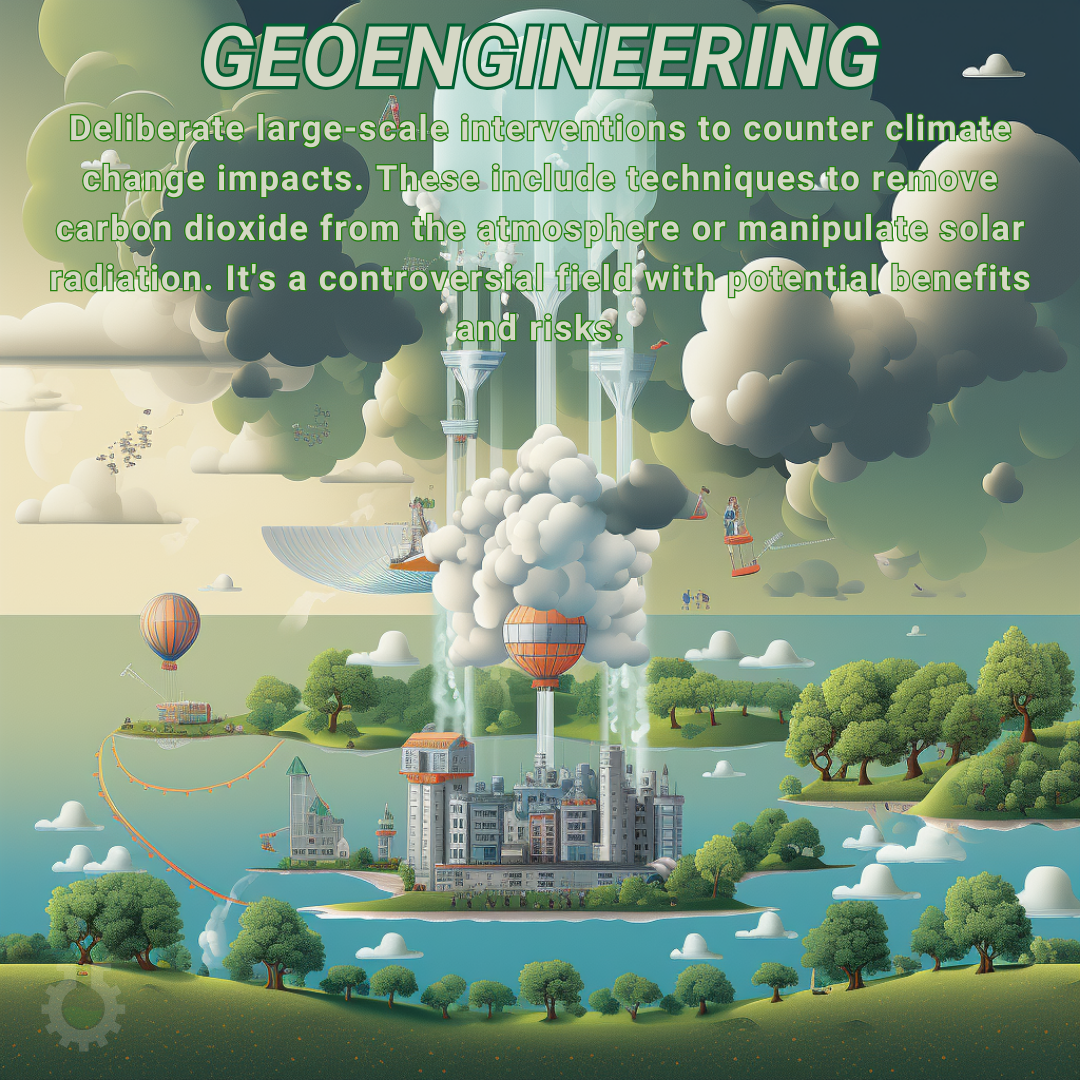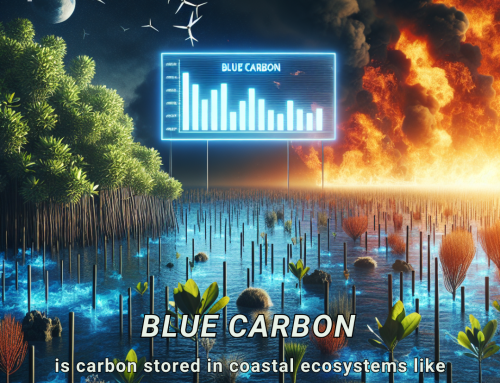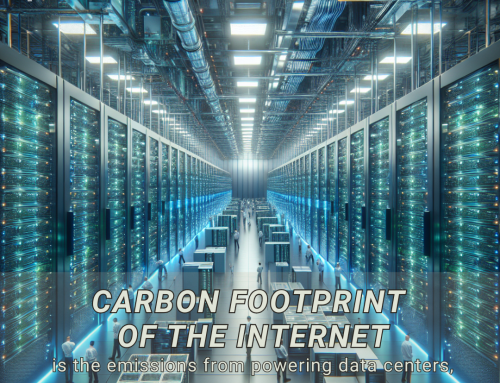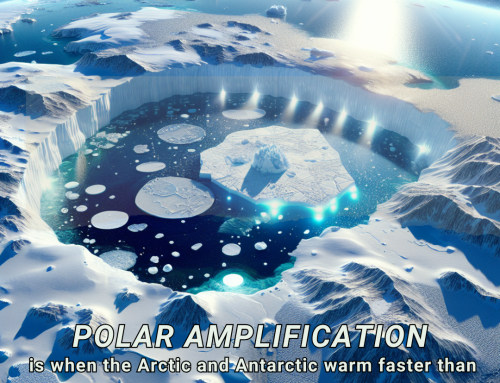Project Description
Geoengineering refers to deliberate and large-scale interventions in the Earth’s natural systems to mitigate the impacts of climate change or directly manipulate the climate. These interventions can take various forms, such as capturing and storing carbon dioxide from the atmosphere, reflecting sunlight away from the Earth’s surface, or modifying cloud properties to influence rainfall patterns.
Connection to Climate Change: Geoengineering technologies are being explored as potential solutions to address the impacts of climate change. They aim to either reduce the concentration of greenhouse gases in the atmosphere or offset the warming effect by reducing the amount of solar radiation that reaches the Earth’s surface. While some see geoengineering as a way to quickly counteract the effects of climate change, it is a topic of considerable debate and controversy. Critics raise concerns about the potential unintended consequences, ethical issues, and the unknown long-term effects of large-scale geoengineering projects. Many experts emphasize the importance of reducing greenhouse gas emissions through traditional mitigation measures as the primary strategy to combat climate change while continuing to research and assess the feasibility and risks of geoengineering approaches.








